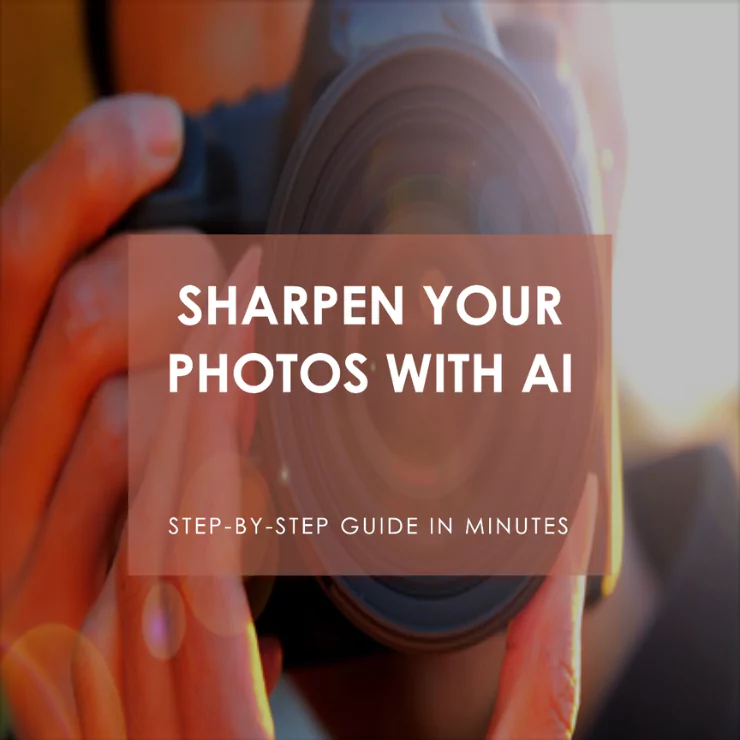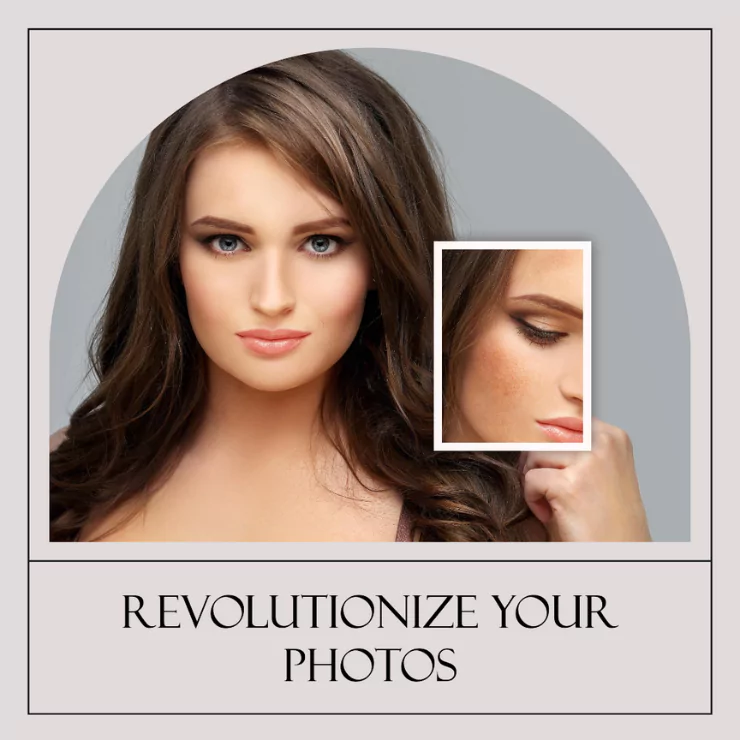Starting an online boutique can be a great way to launch your clothing or accessories store without the cost and red tape of opening a physical store. But with thousands of competing online stores and many traditional retailers moving their products online, is it possible to start a successful online boutique today?
Online boutiques can be successful provided you put in the work. With high-quality products, a great website, and a detailed marketing strategy, anyone can start their online boutique and find some degree of success.
This can all seem overwhelming when you are new to e-commerce and online marketing, but there is no need to worry. Setting up an online store for your business has never been easier. Here’s everything you need to know before starting your online boutique.
Things To Know About Developing a Successful Online Boutique
It can seem as if the world of online retail contains hundreds of things you need to be aware of before you even start. This can be offputting to aspiring business owners. However, the success of your online boutique will likely come down to just these three things.
- High-quality, original garments.
- A well-designed and SEO-optimized website.
- An effective content marketing strategy.
If you can master these three pillars of online retailing, you will be able to launch your successful online boutique in no time. Here’s what you need to consider.
How To Decide What To Sell in Your Online Boutique
If you’ve made it to the point of finding this article, you probably have at least a rough idea of what it is you would like to sell. However, from a marketing perspective, you must clarify what your store is offering. Here are some questions you should be asking yourself before launching your brand.
What Is My Brand’s Niche?
You may think you don’t have a niche, but you probably do. Ask yourself these questions about your target audience to learn what your brand is all about.
- What ages does the brand cater to?
- What sizes does the brand cater to?
- What gender are your items geared towards?
- What style is the clothing?
- What makes your brand different from others?
If your answer to these questions is vague, now is the time to clarify. Getting yourself a project notebook specifically for your business to write all these ideas is a good idea. They will become helpful when it comes to creating your brand.
This WZFFPAOJ Undated Luxurious Weekly & Monthly Planner contains weekly, monthly, and three-monthly planners and plenty of blank spaces to plan your business at your own pace.
What Are My Brand’s Selling Points?
Now that you have your niche, it is time to consider what makes your online boutique special. Every e-Commerce store on the internet claims its products are of high quality and great value. What makes your store stand out?
Determine what your priorities are. Maybe you want to create sustainable garments at a low price point. Perhaps you would charge a premium price instead due to the high-quality materials or intricate designs you have hand-stitched.
Whatever your intentions are with this brand, identify them quickly so that they are at the heart of everything you do going forward.
It is a good idea to keep your brand’s niche and selling point at the forefront of your mind going forward. Always keep them written on a piece of paper in front of you as you work on your brand so that you incorporate them into everything you do. This will signify to potential customers that you know what you are about.
How To Create a Great Website for Your Online Boutique
How often have you seen a great product advertised on social media only to click on the website and find it so difficult to navigate that you give up on it altogether?
A great e-commerce platform is almost as important as the product itself, so you must put a lot of time and effort into making the website representative of your brand. Contrary to popular belief, this does not have to be expensive. There are several excellent options for you, whatever your budget or size.
How To Choose an E-Commerce Platform
Choosing an e-Commerce platform to host your boutique can be one of the most daunting steps of starting a business. You may want to consider several things when selecting the right platform for you.
- Do you want your website to be self-hosted?
- If not, how much does your host charge for e-Commerce on the site?
- Do you want to use a website with built-in e-Commerce features, or do you want the freedom to choose your own?
- Is your online boutique more suited to a third-party site such as Etsy or Vinted?
If all of that sounds complete nonsense, you’re not alone. Luckily, several helpful resources are available to help explain each option’s pros and cons so that you can choose the right one for you. You may find you already have a good idea of what you’re looking for.
Here is a YouTube video explaining the basics of choosing your e-Commerce platform.
Choosing Resources That Make Your Website Stand Out
As I mentioned earlier, the aesthetics and useability of your website can be the make or break factor for potential customers to your store. Putting effort into excellent web design will ensure that visiting customers see through their desired purchase and keep coming back for more.
The resources used for web design depend on your time and budget constraints. If you are using a hosting platform such as WordPress or Wix, you will have access to several customizable website themes that you can choose from. These come with paid and free options, so there is the potential to upgrade to a better website theme once you have your business up and running.
If you already have some funds saved up, you may want to hire a web designer to create a landing page that is personal to you and your business. If you are considering this option, hundreds of freelance web designers on websites like Fiverr have varying rates, so it’s never been easier to find the right choice for your business.
If you are selling products online, the essential part of the website is the product images. People will not buy clothes or jewelry from you if they haven’t seen a good-quality picture of the item, no matter how good the rest of the website looks.
Resources are available if you haven’t can’t take high-quality modeling shots for your website. ZMO.AI is a tool that lets you upload a photo of your clothes and see it represented by various models you can use on your website. It allows you to have professional-looking images on your site without needing a professional photoshoot.
Search Engine Optimizing Your Website
Search Engine Optimization (SEO) involves tailoring your content to search engines such as Google so that you are the store that comes up when people search for online boutiques.
SEO can be complicated, but luckily for you, small businesses are one of the simplest things to tailor to search engines. You should be able to implement this into your business with very minimal effort.
This is where your niche-picking from earlier comes in handy. When potential customers search for online clothes stores, they will be met with millions of search results. As a new business, you can guarantee that you won’t be showing up on the first page of Google for this search.
However, if you’re selling cute cardigans for children, you might rank in that search result—the more specific, the better.
The key is to find a balance between the things that get searched for frequently (Search Frequency) with the number of articles online that contain that search term (Keyword Density). As a small brand, it is better to aim for keywords with a lower search frequency and keyword density. While aiming for a keyword that has been searched millions of times seems like a good strategy, it won’t help your business if you appear on page 56 of Google.
There are plenty of free tools to help you choose the best keywords. This Keyword Generator Tool from Ahrefs lets you test potential keywords and suggests related search terms with lower keyword densities to aid your word choices when listing products.
Here is a helpful YouTube video explaining how to tailor your e-Commerce store to SEO.
How To Successfully Market Your Online Boutique
Now that you have your website set up, you want to ensure that you reach the widest potential audience possible. You can achieve this with online marketing over several platforms.
Creating a Social Media Presence for Your Online Boutique
The best way to get an online shop discovered is by posting about it online. People go to websites like Instagram, Facebook, and Twitter to search for inspiration every day. Creating a Social Media account for your store means you become that inspiration.
This is where your shots from ZMO.AI will be beneficial. It would help if you aimed to curate an online feed that combines professional photographs of the clothes with more personal photos from behind the scenes. You can even use Canva to create personalized graphics with brand colors and images to make your store look professional.
Using relevant hashtags on your Social Media posts can help a wider audience discover your content. Just don’t use too many, or the caption may appear spammy.
Guest Post on Fashion Blogs or Gift Items To Influencers
Personal Social Media pages can take a while to grow, so you may want to invest in others advertising your brand.
Many established fashion blogs will include your products in a blog post for a fee or allow you to write a guest post on their website that you can use to plug your products and leave links to your website and Social Media page.
If you haven’t got the funds to pay for advertising, you can send your products to online influencers for free in the hopes that they will talk about you on their Instagram or YouTube. This is a gamble because they have no obligation to talk about your products, but if you choose the right person, it could be a worthwhile endeavor.
Use Pinterest To Drive Traffic to Your Website
So many brands forget about Pinterest when marketing their brand, which is a huge mistake.
Unlike Google, Youtube, or Instagram, people go on Pinterest with the sole purpose of finding something to buy. People who search for something on Pinterest intend to buy the item or something similar. They are looking for inspiration.
Every single image you post to your website or Social Media needs to be shared on Pinterest with a direct link to where potential customers can buy it. Pin it to a few relevant boards, so the algorithm knows what kind of people it needs to show the product to, and then let Pinterest do its thing.
The great thing about Pinterest is that it is a search engine. This makes it a better marketing tool than other Social Media for two reasons.
The first is that your post is evergreen. You post it once, and it will be shared forever, meaning that you could see a sudden uptick in interest for a product you haven’t promoted in months. Second, people don’t need to follow you to discover your posts. It may just be randomly shown to someone one day because Pinterest deems it of interest to them.
If you are interested in learning more, here is a YouTube video explaining how you can take advantage of Pinterest in more detail.
Conclusion
Hopefully, this has eased some of your fears about starting your online boutique. Like any business, starting an online boutique has its fair share of challenges. However, with these tips and a little further research, you should be running your very own e-commerce store in no time.
Sources
- Pixel and Ink: Branding for Beginners
- Laurence J. Pino: Finding Your Niche: A Personal Guide for Entrepreneurs
- eCommerce Guide: Factors to Consider When Choosing an eCommerce Platform
- YouTube: How to Choose an ECommerce Platform
- WordPress: Themes
- Fiverr: Web Designers
- ZMO.AI: Showcase Clothing on Models in Minutes
- Yoast: What is SEO?
- Ahrefs: Keyword Generator
- YouTube: SEO for Small Businesses
- Canva: Home
- Blog Tyrant: Guest Posting: The Complete Guide for Bloggers in 2022
- YouTube: Pinterest Marketing Strategy 2022




